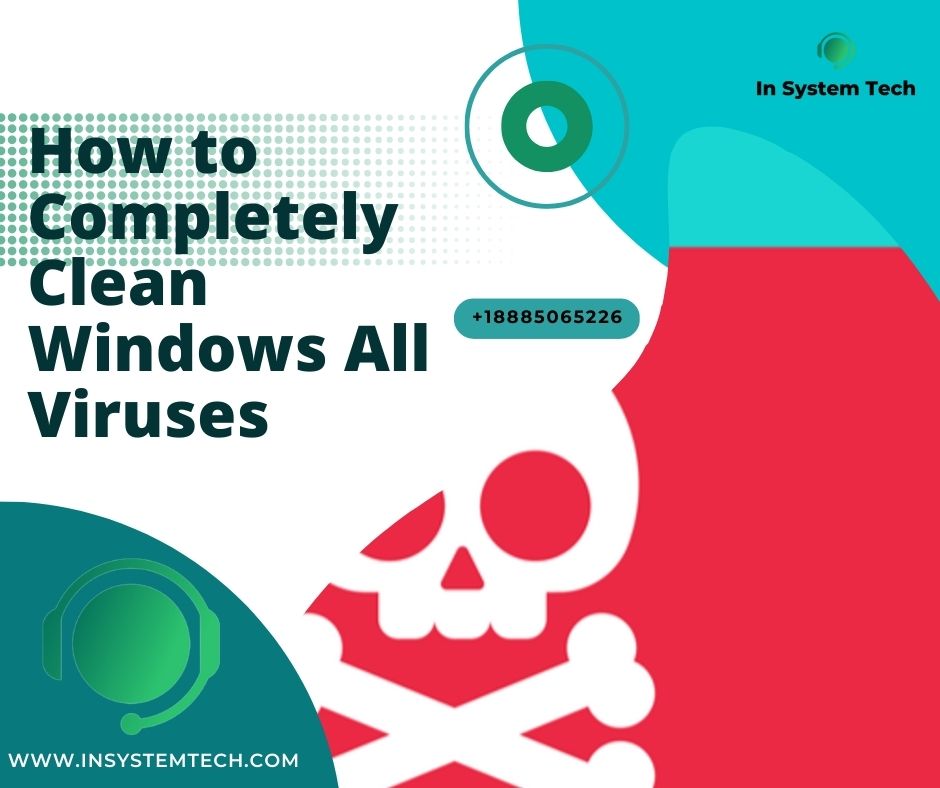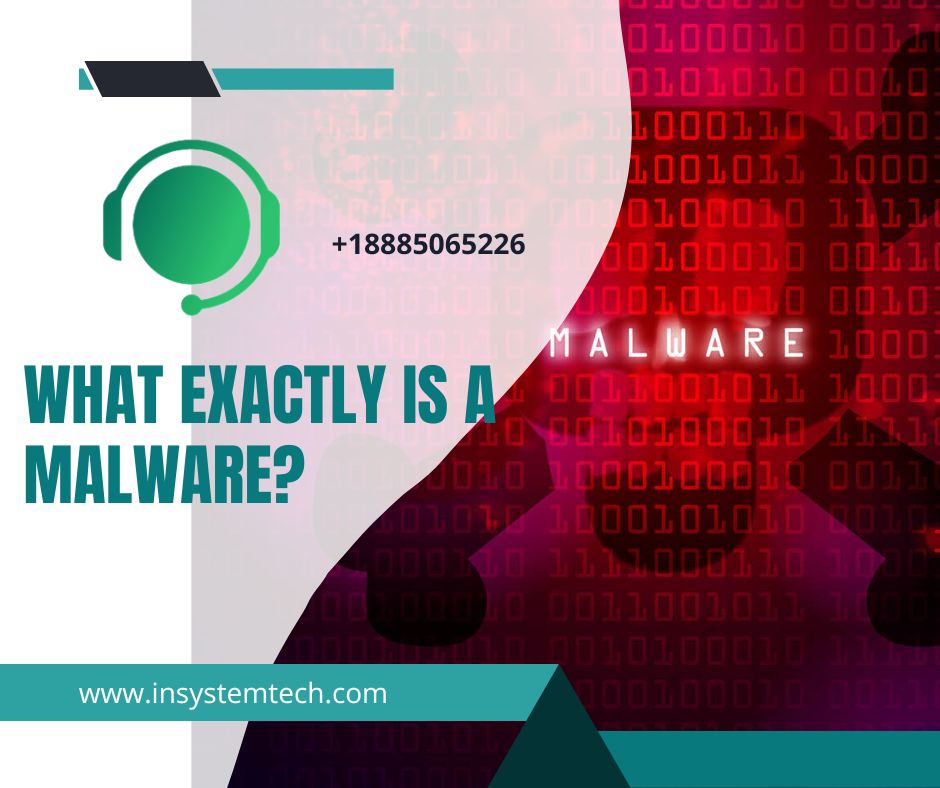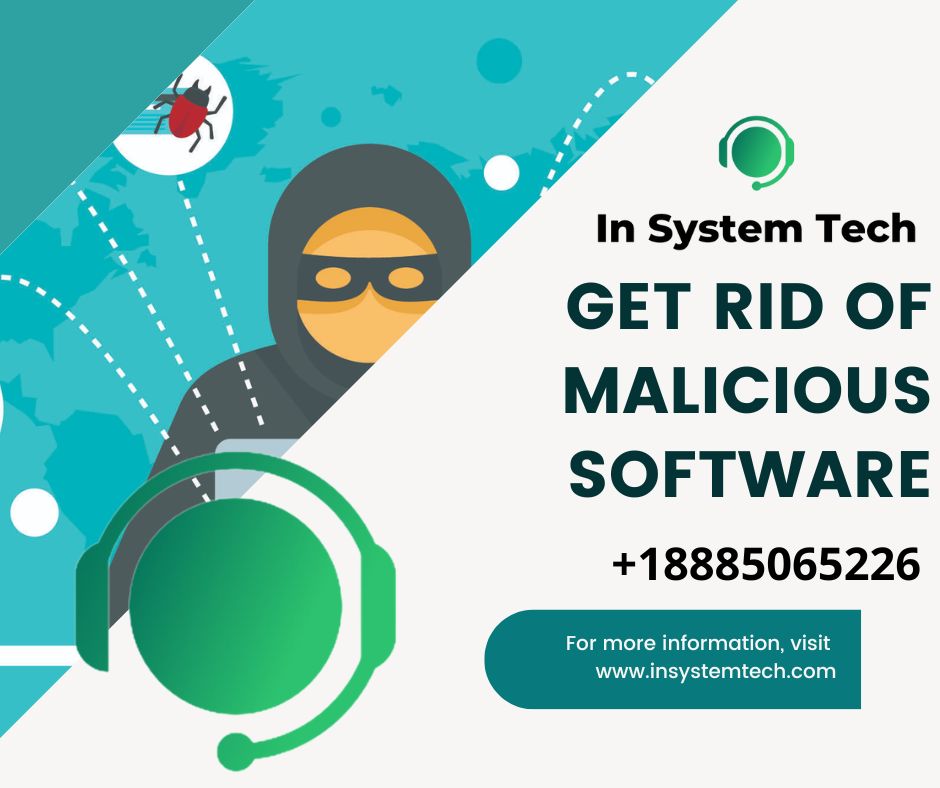Clean Windows All Viruses: The directions that are provided here are for Windows users; however, in addition to these instructions, we also provide an Android Guide and a Mac Guide, all of which should assist you in cleaning out your device. Lets discuss more details about Clean Windows All Viruses.
This approach on removing malware may appear to be overly complicated due to the large number of procedures involved and the variety of apps that are required. We have only written it in this manner in order to provide instructions that are crystal clear, comprehensive, and simple to comprehend so that anyone can use them to get rid of malware for free. Lets discuss more details about Clean Windows All Viruses.
Know How to remove virus from Windows 10 for free, how can i delete virus from my computer without antivirus, How to remove virus from Windows 11, How to remove virus from laptop for free In this blog.
Admin Insystem Tech

Please make sure that each step is completed in the correct order. Please pause wherever you are and inquire about receiving our support if you have any queries or concerns at any stage.
How to Perform Virus Removal.
The process of disinfecting or eradicating a computer virus, malware, or any other type of dangerous program on a computing device is referred to as virus eradication. This procedure can be carried out automatically or manually. The procedure is carried out in order to protect a computer against the risk of experiencing data loss, system corruption, or inaccessibility. Lets discuss more details about Clean Windows All Viruses.
After the virus scan phase, which identifies the infection as well as the threat level, a system virus removal takes place. It is also possible to manually remove the virus; but, in order to do so, you will need to have a solid grasp of viruses as well as the abilities necessary to reverse or remove registry entries. In the event that a virus cannot be removed, the user is presented with an error message.
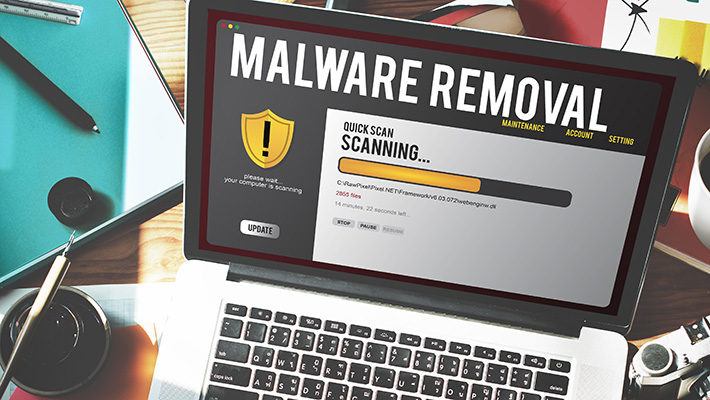
Protection From Viruses
The purpose of virus protection software is to eliminate any dangerous software code that has already infected a computer as well as to stop viruses, Trojan horses, and worms from entering a system in the first place. Virus protection software is meant to do both of these things. Lets discuss more details about Clean Windows All Viruses.
Anti-malware and anti-spyware features are typically bundled together with anti-virus protection in the vast majority of virus protection software. Internet security suites go one step further than standalone internet security applications by including extra features such as anti-phishing, firewall, anti-spam, PC optimization, and file protection. Lets discuss more details about Clean Windows All Viruses.
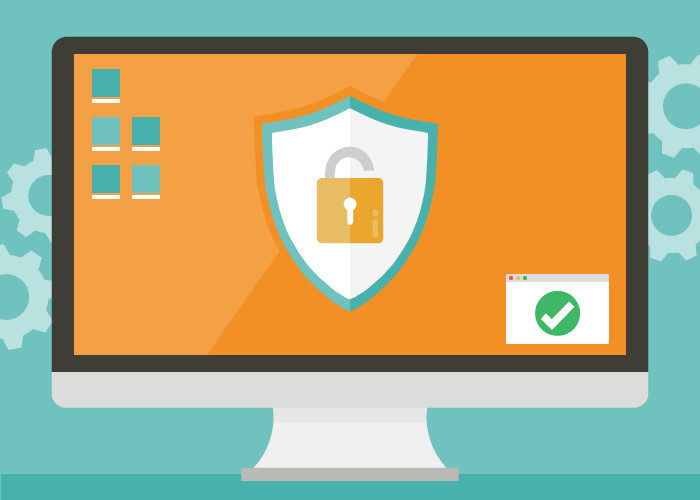
5 Suggestions That Will Help You Get Virus Protection
1. Make it a point to ensure that your security software is always running and up to date. Because new viruses are created on an almost daily basis, there is always a potential that your computer will become infected by a virus that your antivirus software is not yet “aware” of. This is because new viruses are launched practically daily.
2. Ensure that all of your software is kept up to date. Because viruses frequently spread by exploiting vulnerabilities in operating systems or other generally used programs, it is imperative that you regularly update the software on your computer, including the operating system. Configure your computer so that it will automatically download and install any necessary updates whenever that is an option.

3. Take caution when dealing with e-mail. Attachments that are sent via e-mail are frequently the vector of infection for viruses. Do not open any attachments unless you have a good reason to believe the email you received is legitimate.
4. You should only make use of e-mail services that are competent to check messages for viruses.
5. Refrain from installing spyware and any other software that has the potential to open backdoors that can be taken advantage of.
There are six primary categories of computer viruses.
The following are some examples of common types of viruses:
1. The Direct-Action Virus: This virus is considered to be “non-resident,” and it accomplishes its goals by selecting one or more files to infect each time the code is carried out. When this piece of code is run, the primary goal is to replicate itself and spread infection throughout the system.
2. The Boot Sector Virus: This virus infects computer systems by transferring code to either the partition table on a hard drive or the boot sector on a floppy disc. Both of these locations are used to start the machine. The virus is placed into memory when the computer first starts up. After this procedure, the virus will infect any discs that have not already been compromised by it that are accessed by the system.

3. Macro Virus: This virus is written in a macro language and infects Microsoft Word or other apps that are quite similar to it. It causes a series of operations to be carried out automatically whenever the application is started or whenever it is triggered by something else.
4. Memory Resident Virus: A virus that continues to exist in memory after it has completed its execution and after the host, software has been closed. On the other hand, non-memory resident viruses are triggered into action whenever a program that is infected is executed.
5. Overwriting Virus: This virus copies its own code over the file data of the computer system that it is infecting, so rendering the original application inoperable.
6. The Cluster Virus: This virus associates itself with the execution of programs by modifying directory table entries in order to guarantee that the virus will start running whenever any program on the computer system is started. It does this by linking itself to the execution of programs. If your computer is infected with this virus, it will appear as though all of the programs on your computer are infected, but the virus is actually only present in one location on the system.
Protection from Viruses versus Elimination of Viruses
Virus protection software, commonly known as antivirus software, has been developed with the primary purpose of preventing infections; however, this software can also remove malware from a computer that has already been infected. In the event that the product already installed on the computer is unable to detect and remove malware, a stand-alone system virus removal program or a malware remover is a good alternative that can locate and remove the malware.
The Principal Distinction Between Virus Protection Software and Virus Removal Software
Prevention is the name of the game when it comes to virus protection software, as its primary function is to stop infected files from being downloaded onto your computer in the first place. It will also stop the virus from being active even if it manages to get downloaded into your computer, stored in memory, or any other area similar to a file on your hard drive. In the case that the file is downloaded, but then identified as malware by antivirus software and stopped from being activated, the file will not cause any damage to your system; nonetheless, the infected file will still need to be controlled and removed.
Imagine a scenario in which a virus-ridden file is downloaded, and then after it is opened, the infection becomes operational. The majority of the time, this occurs unintentionally, such as when a user inadvertently opens a virus-ridden file attachment in an email or clicks on a link to a harmful URL.
Virus protection software may occasionally have rudimentary tools to remove active viruses. However, modern malware is considered to be sophisticated in its ability to hide on the infected computer, where it can be re-initiated at a later time. As a result, these rudimentary tools may not completely remove infections from the computer.
System virus removal software provides tools that can be used to selectively remove malware from a computer that has been infected. If a virus is able to get past an antivirus software scan, system virus removal software is the next line of defense. In this context, the term “malware” refers to viruses that have been confined, viruses that are active, and dormant malware that may be hiding or waiting on the infected machine.
Elimination Of Viruses From Your Computer
If your personal computer does have a virus, you should perform the following:
Get rid of the virus.
Step 1: Enter Safe Mode
Restart your computer by turning it off and then back on. As soon as you notice something on the screen, quickly start pressing the F8 button many times. The menu of Advanced Boot Options will appear once you do this. Select Safe Mode with Networking, then hit Enter on your keyboard. Make sure that your computer is not connected to the internet.
The second step is to delete any temporary files.
It is recommended that you use the Disk Cleanup programs to remove any temporary files while you are operating in Safe Mode.
• Select Start from the menu.
• Accessories • System Tools • Disk Cleanup • All Programs (or simply Programs) • Disk Cleanup
• In the menu that appears, scroll through the list of files to be deleted, and then select Temporary Files.
It is possible that deleting these files will make the virus scan you are about to run go more quickly, and it is also possible that it will help get rid of a virus if it was set to run every time your machine started up.
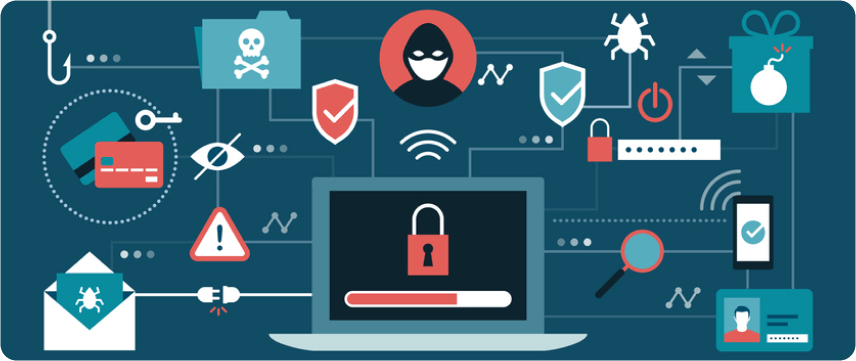
Downloading a Virus Scanner is the third step.
Step 4: Run a Virus Scan
Step 5: Recover or reinstall any files or software that have been damaged.
Assuming the scan was successful in locating and eliminating the virus, you may need to reinstall any files or programs that were corrupted as a result of the infection. Here is where having backups comes in handy, and you should make sure to do it on a regular basis.
Step 6: Improve your defenses
Step 7: Ensure that your defenses are always up to date.
Keeping your anti-virus software up to date is one of the best ways to safeguard your computer against malicious software and viruses. It is crucial to keep it up to date because new viruses are being discovered all the time. As a result, even if you just bought your antivirus software a month ago, it could still require rapid upgrading.

Step 8: Create copies for safety.
Be sure to create backups of your files on a regular basis and save them on a hard drive that is external to your computer. If you get another virus, this will assist prevent the loss of important information that you have saved.
Taking preventative measures is the best way to avoid another virus assault, so make sure you do it.
Avoid clicking on pop-up messages stating that your computer has detected an issue. Be wary of opening emails from addresses you do not recognize, particularly if they contain an attachment or a link. Install an antivirus program. Regularly back up your data. Install the latest software updates for Windows. Here are some quick things that will help prevent you from downloading a virus again: • Install an antivirus program. Regularly back up your data. Install the latest software updates for Windows.
Get Virus And Malware removal services
Get the best malware removal for your website from SiteLock. Our solution will find & clean up malware on your site, and offer protection moving forward. Contact the IT Support Guys at www.insystemtech.com Powered by Argusdna right away If your computer hacked or infected with malware virus? Contact us to receive a free consultation on how you can deal with your malware issue and resolve your problems.
